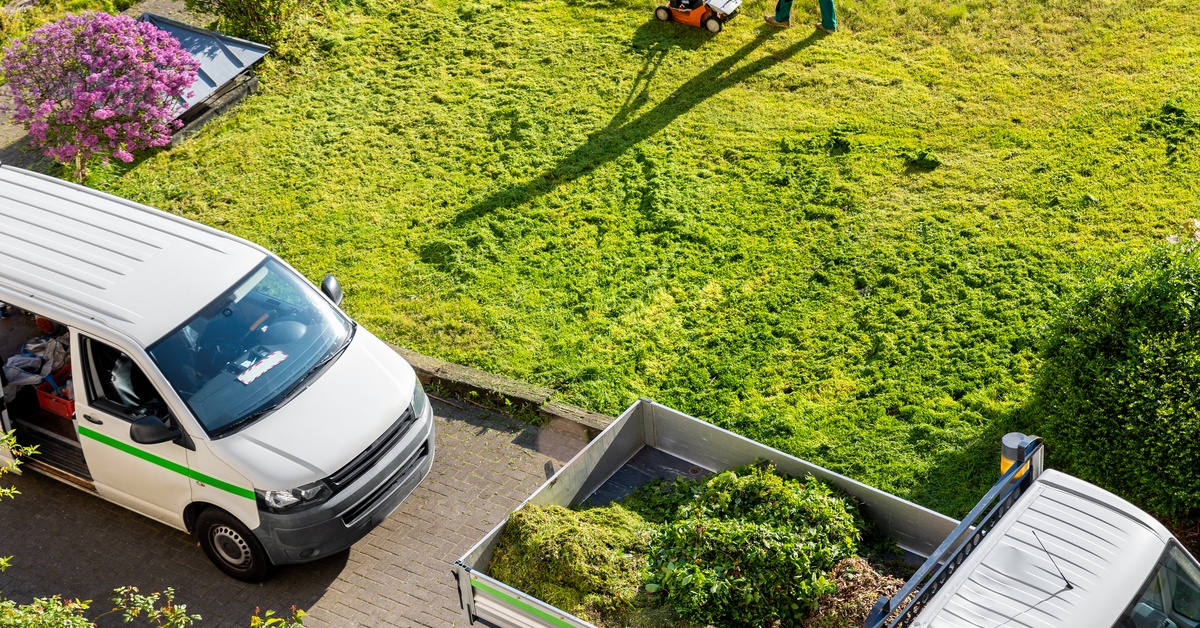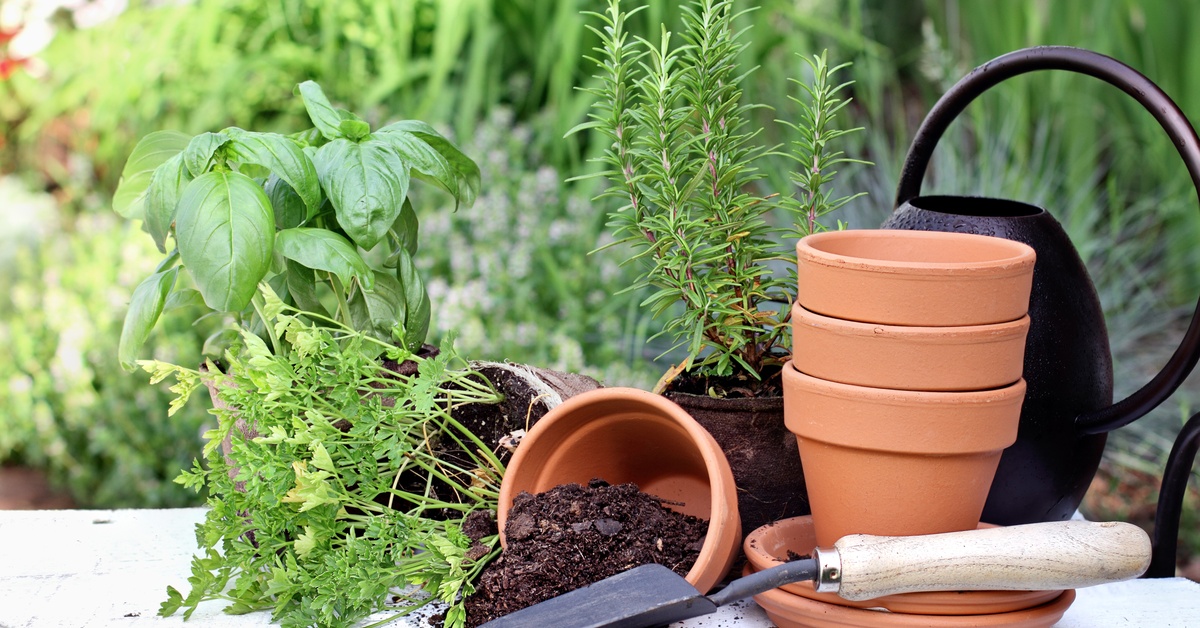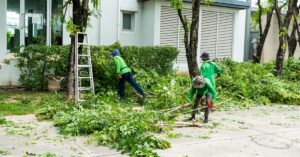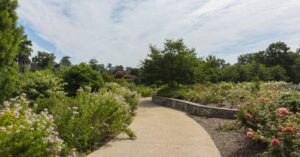A well-timed garden plan begins long before the first bag of mulch hits the driveway. Homeowners and property managers across Virginia who want thriving, beautiful summer landscapes must work backward from the warmest months. Identifying the right season for each step, from visual review to contractor scheduling, gives you control over outcomes rather than relying on luck.
A reactive approach invites disappointment, while early planning sets expectations, timelines, and budgets in motion. Take the opportunity to shape your next summer garden into something truly satisfying by understanding what needs to happen—and when.
Take Visual Notes in Late Summer Before Peak Fade-Out
Full foliage and color saturation in August create the best opportunity to evaluate the success of your current garden layout. With leaves still on shrubs and perennials in bloom, spacing issues and color imbalances appear with unmistakable clarity. Overcrowded corners, sun-blocked plants, and faded beds stand out more now than they will in fall.
Document every section using smartphone photos or quick diagrams to preserve the summer layout while the picture remains vivid. Even a few labeled snapshots can help guide changes without relying on memory in colder months. Early photo records help clarify where to add structure, correct gaps, or shift high-performing varieties.
Many Virginia homeowners forget what went wrong once the cooler air arrives. Knowing where growth overwhelmed borders or failed to fill space results in better replanting decisions later. Knowing when to start planning your garden for next summer begins with recognizing that late-summer visibility provides the clearest foundation for change.
Review the Previous Season Right After Fall Cleanup

Once you remove fallen leaves and seasonal debris, your landscape reveals its permanent structure without visual distractions. Bare beds and trimmed hedges expose root spread, irrigation coverage, and overlooked design flaws. November clarity gives you the perfect window to review performance while recent struggles still feel fresh.
Top-performing plants deserve attention for replication, while problem zones demand practical ideas—not just memory-based guesses. Tagging weak performers now eliminates confusion when nurseries reopen in spring. Soil erosion, compacted mulch, and worn bed edges also become easier to detect once the foliage disappears.
Avoid delaying this review until February, when your energy shifts to holidays and indoor tasks. Use every observation to decide what to rework, remove, or replant before another season repeats unwanted outcomes. Strong early notes lead to confident spring action without hesitation or second-guessing.
Homeowners who document observations immediately after cleanup often make faster, more confident decisions in spring. Early reviews help distinguish between plants that underperformed due to placement versus poor health. By acting during this short post-cleanup window, you avoid the uncertainty that creeps in once memory fades and growth returns.
Schedule Large Projects and Contractor Consultations Before Holidays
Stonework, irrigation upgrades, and structural redesigns all require lead time, and Virginia contractors often book out quickly. By contacting teams during late fall, you secure your appointment while calendars remain flexible and crews stay available. Early booking also allows time for material selection, layout mapping, and permit reviews.
Cold months create an ideal season for hardscaping, since plant dormancy reduces disruptions and speeds recovery in spring. Retaining walls, water features, and lighting systems are often installed more easily before freeze-thaw cycles interfere with timelines. Major garden investments lose momentum when planning starts in March instead of December.
At Valley Landscaping, we’re a landscaping company Virginia residents depend on for full-service upgrades, from structural installations to long-term maintenance advice. Clients who call in the fall often enjoy faster timelines and more personalized design support. Winter prep brings peace of mind before spring rushes back with urgency.
Order Seeds, Bulbs, and Supplies by Late January

Garden centers and online suppliers begin catalog distribution in early winter, and popular varieties move quickly. Delay too long, and your favorites might vanish before you place an order. Ordering in January helps lock in must-have colors, heirloom vegetables, or native perennials before inventories run dry.
Supply chains remain unpredictable in many parts of the country, especially for specialty cultivars or rare bulbs. By acting now, you avoid last-minute substitutions that don’t match your original design. Even basic fertilizers and potting mixes ship faster when you skip the late-season crunch.
Early ordering also allows time for proper storage preparation and review of planting instructions. Seed packets often contain vital timing information that aligns with zone-based frost expectations. With your list in hand by mid-winter, you stay on track as soon as the ground becomes workable.
Start Soil Prep and Bed Edging as Soon as Ground Thaws
Late February and March bring shifting temperatures, but also key soil windows where prep work can quietly begin. Beds benefit from early aeration and compost layering while weed growth remains minimal. Clear edges and framed borders give you a practical canvas for what comes next.
Apply soil tests now to identify nutrient gaps or pH problems that impact planting choices. Corrections such as lime, sulfur, or manure require time to integrate. Starting early allows nature to help before spring hits full speed. Compost blends also perform better when they settle for a few weeks before direct planting.
Figuring out when to start planning your garden for next summer includes marking soil prep dates on the calendar, not just bloom schedules. Delay here forces rushed corrections later when demand for time and materials peaks. Your summer success relies on what you put into the ground long before May.
Confirm Planting Timelines Based on Your Zone by Early Spring
Virginia sits across several USDA hardiness zones, so location dictates planting dates more than calendar averages. Roanoke homeowners face different frost schedules than residents near Richmond. Without accurate data, even strong plans lead to failed germination or stunted growth.
Map out planting weekends by region using the latest zone forecasts available in January or February. Identify which weekends favor cool-season crops, summer annuals, or tropicals based on your specific garden goals. Reserve those dates now to avoid overbooking and keep your planting sessions focused.
Treat early spring like a launch window, not a scramble. With a marked calendar and prepped beds, you move from intention to execution with confidence. Your garden doesn’t wait for free time; it rewards those who commit to the calendar.
Success in next summer’s garden starts by making smart seasonal decisions long before spring arrives. Early reflection, fall scheduling, and winter preparation each create leverage that reactive plans cannot match.
Gardeners who commit to a timeline take control of every detail, from soil composition to structural layout. For full-service help across Virginia, call Valley Landscaping—we handle it all, from groundwork to bloom season and beyond.



